Force analysis of Gears
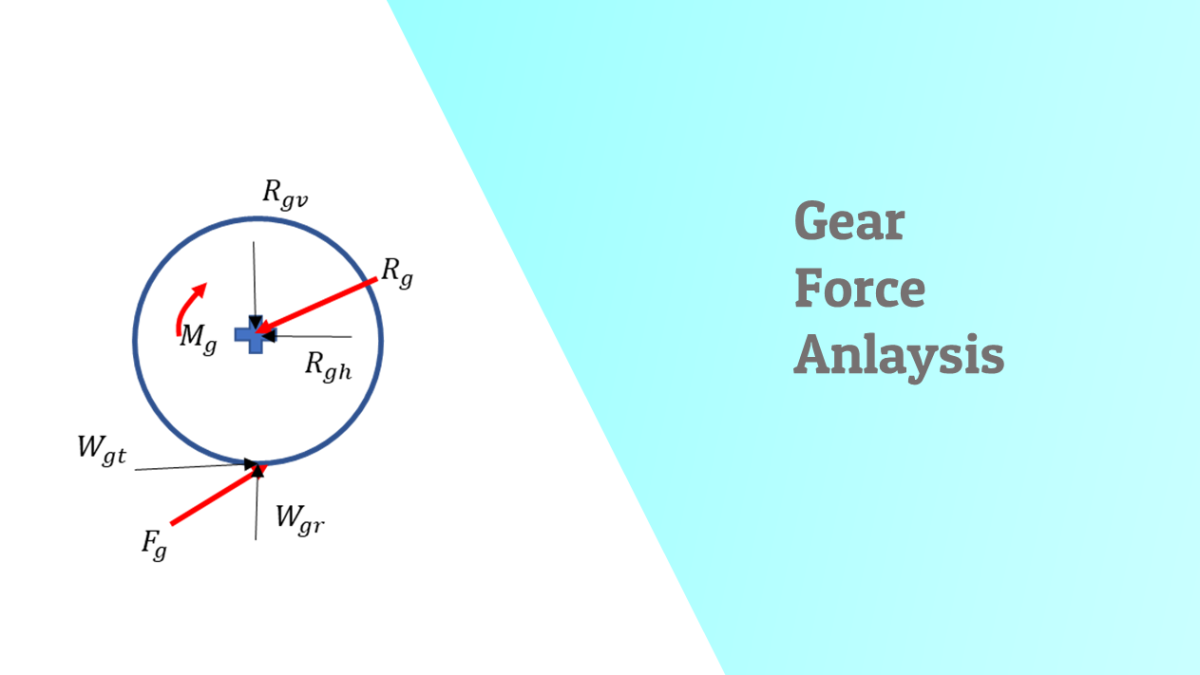
A short article on analysis of Forces acting on gears which govern design
Force analysis of spur gears is essential for understanding the transmission of power and motion within mechanical systems, enabling the design of efficient and durable gear assemblies.
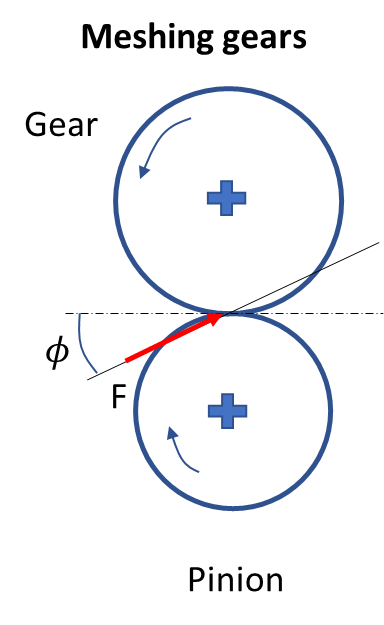
To analyze the forces acting on a spur gear, a free body diagram (FBD) is drawn to visualize all external forces and reactions. In the FBD of a spur gear, the primary forces considered are the tangential force, which transmits torque, and the radial force, which acts perpendicular to the pitch circle and contributes to bearing loads. If friction is considered, a small axial component may also be included, though in pure spur gears, axial forces are typically negligible. Additionally, the gear shaft and bearing reactions are shown to ensure static equilibrium. These forces are essential in determining stress distribution, gear tooth strength, and shaft loading during operation.
Free body diagram of gear at equilibrium :
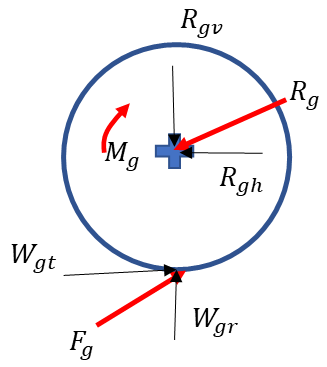
Free body diagram of Pinion at equilibrium
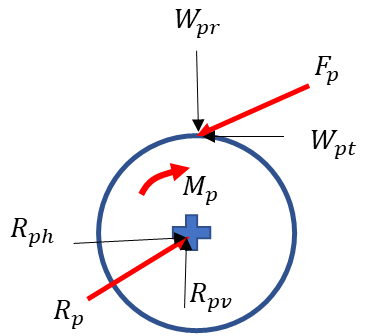
Transverse Force is given by :

Radial Force is given by :

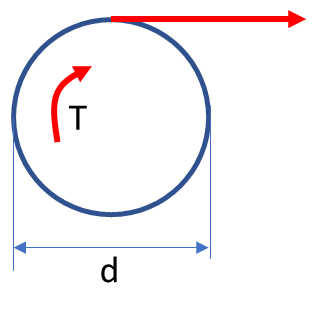

d is the pitch diameter of the pinion
Power transmitted by Pinion gear :


Example Problem :
A gear Mesh with a pinion and gear have the following specifications
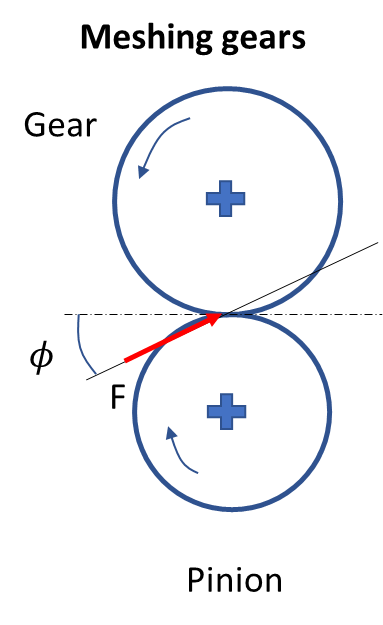
Pinion d = 100 mm = 0.1 m
Power = 1000 W or 1 kW
Rev/min = 1000 /min
Gear , d= 200 mm
Pressure angle - 20 Degrees
- Find the transmitted load
- Find the reactions at both gear
Solution :

The load is calculated as 190.98 N
Free body diagram of pinion and gear
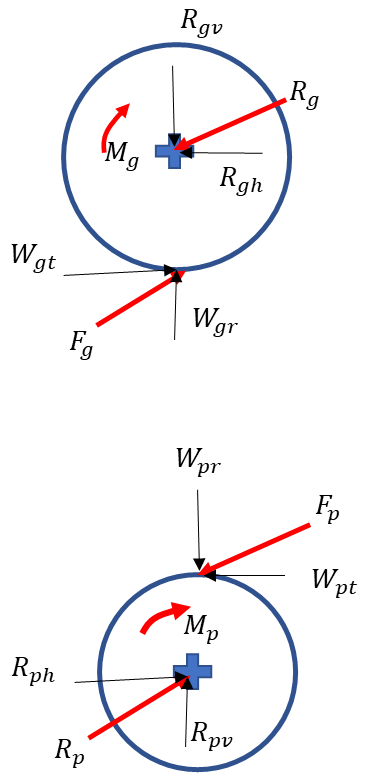
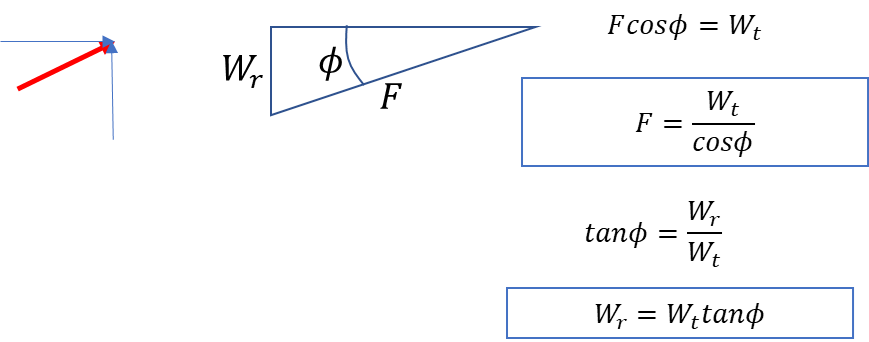
Reactions :


Categories: : Mechanism and Machine design
 Mufaddal Rasheed
Mufaddal Rasheed 